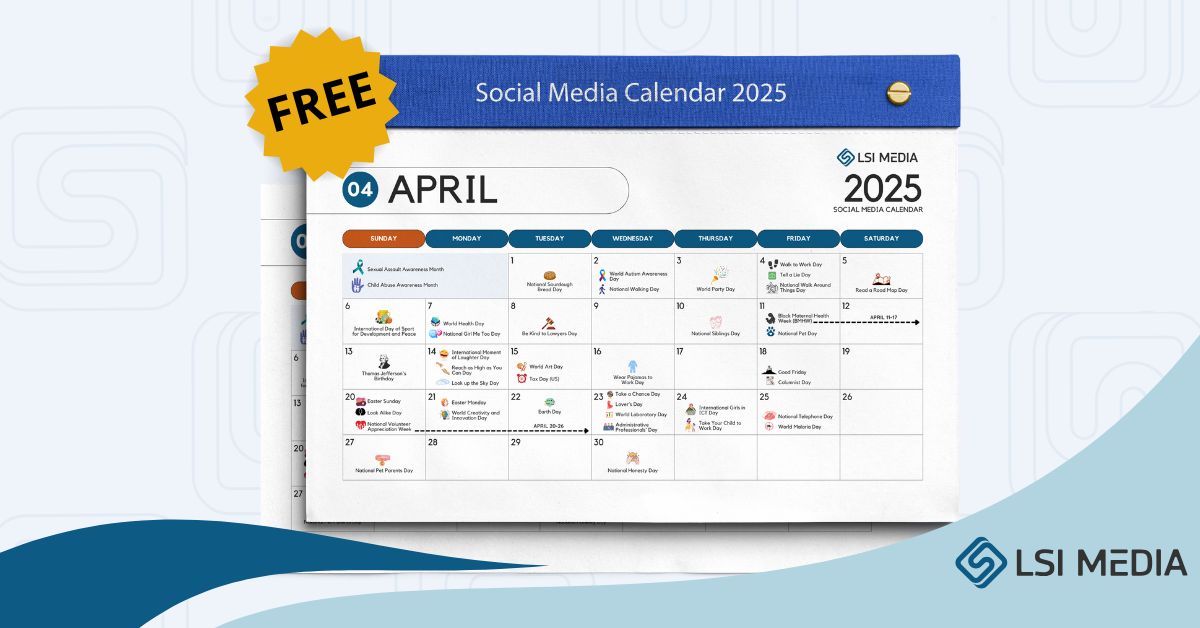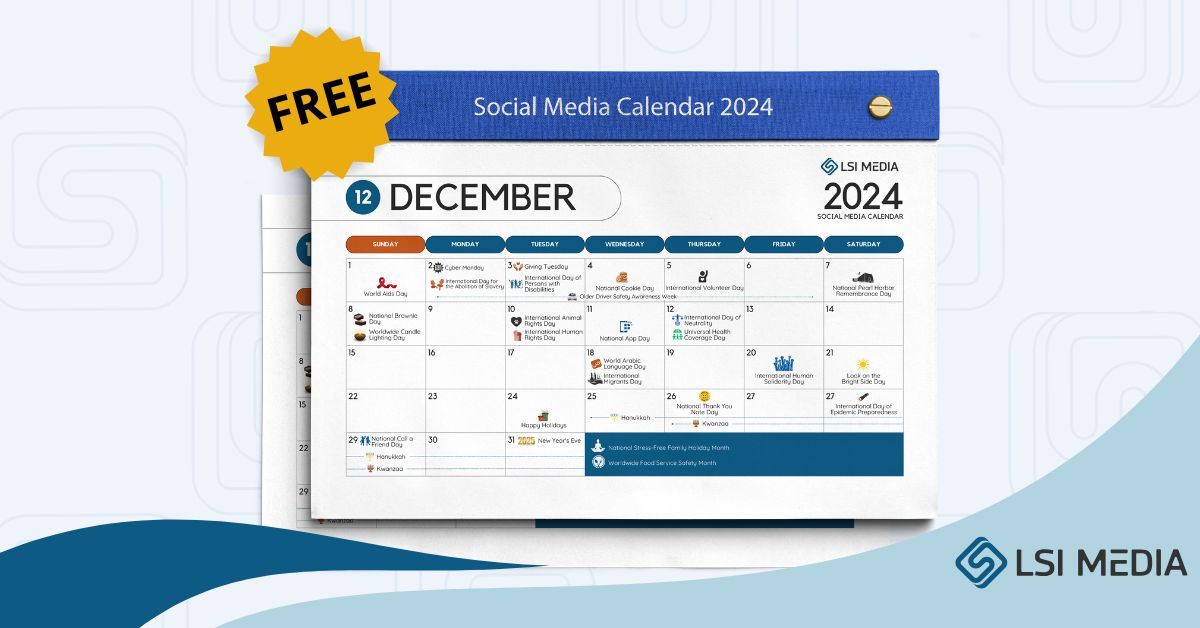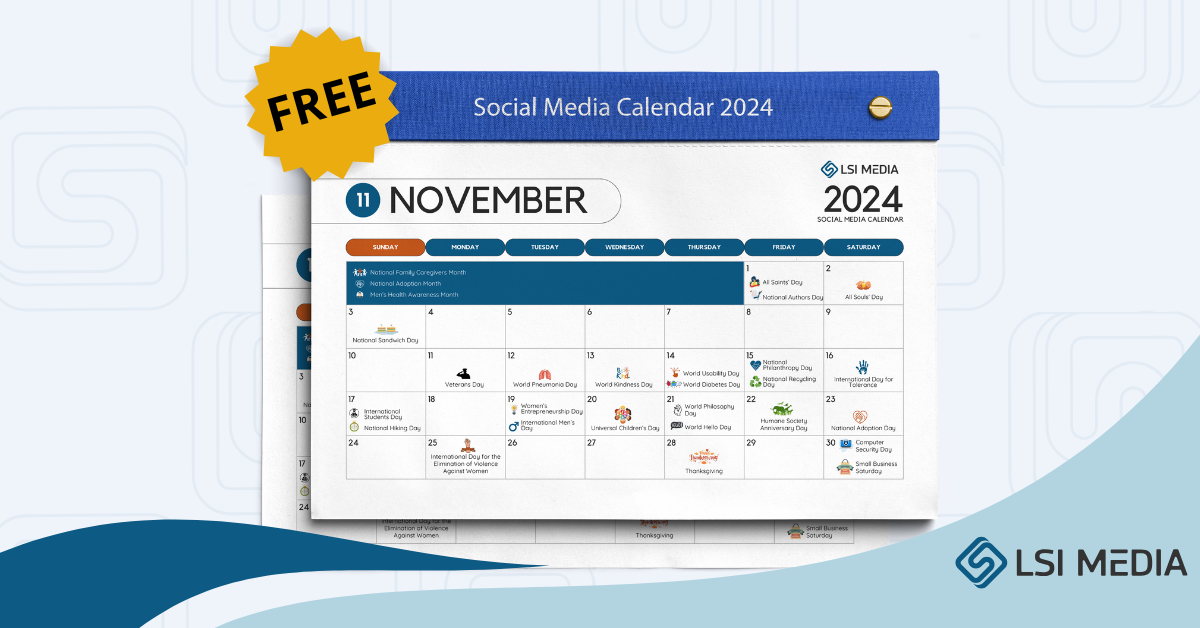[ez-toc]
Digital transformation is critical for any business, no matter how big or small. In each organization, the implementation strategy will be different. On the other hand, in today’s ever-changing corporate climate, digital technology is crucial. Given the rapid transformation of industries due to digital technologies, many businesses make large-scale changes to take advantage of this phenomenon or keep up with their competition.
Overall, digital transformation involves integrating technology into all aspects of an organization’s operations. Organizations need to rethink how they do business if they hope to provide better value to their consumers. It also has to do with cultural shifts within the organization. Companies must challenge the status quo from the inside and experiment with what works for their culture and environment. It may be necessary to fully utilize digital technology to replace outdated corporate procedures with new ones that embrace them. In other words, in the modern company, digital capabilities and core business are becoming synonymous.
The Necessity of Change
To compete and meet customer expectations, companies across all industries must undergo digital transformation. In the past, digital transformation was considered a source of creativity. However, it has since become standard practice and a significant roadblock for businesses. A similar road to CRM implementation is required to attain such a vital signing goal.
CRM adoption cannot be seen as a one-phase implementation that is implemented and then left in place. If you want to be successful, transformation is essential, and the opportunities expand along with your company. Big, complicated, and vital all imply that it must be done correctly. Because of the monetary and political dangers, it’s you must succeed away. Even so, it’s critical to remember that significant risk, on the other hand, also offers a big reward.
A Broader Perspective
When considering these ten success characteristics, it’s critical to know how they relate to one another and how they differ. Successful digital transformation is a cycle, with various success factors coming into play at different multiple along the way. As a result, you must look beyond the idea of each driver having a one-to-one relationship with the next one. For example, it is vital to have a Vision Led at the beginning of your digital transformation journey. Others like Continuously Delivered cannot be implemented till after the initial phase. You’ll be propelled forward by your ability to be Intentionally Innovative as a driver.
These engines don’t have a straight line for a driver. Just because you’ve finished the first cycle of digital transformation doesn’t mean your journey is over. To achieve digital transformation, your Salesforce instance needs to go through continual cycles of improvement. Drivers may need to be modified when your eyesight shifts, and you’ll have to repeat the process. Finally, drivers such as Adoption Driven should be a part of your cycle from the beginning to the finish. A successful digital transformation cycle has these characteristics.
Digital Transformations: Anatomy
There are several common characteristics to all of today’s digital transformations, regardless of whether the change effort was successful or not. When implementing such changes, businesses often begin by looking within. Digital transformations’ most prevalent goal is digitizing the organization’s operational model.
The Need for Success Is What Motivates People
You may be wondering if it’s necessary to focus on all ten success factors. However, the emphasis on each driver may shift at different points in the cycle as you work toward digital transformation. Find out what’s missing and where the gaps are so you can maintain a laser-like focus.
Salesforce initiatives require solid and agile skills that grow over time, such as when starting a new enterprise or improving an existing one. To successfully navigate the digital transformation process, you’ll need to adopt a new attitude. Agility Biased, for example, may not be available to implement all ten drivers within your firm. You should be aware that outsourcing resources to fill in the blanks is perfectly acceptable. These functions can be mastered with practice and knowledge gained over time.
Once you’ve established your cycle and started executing on the drivers inside your process, you’ll need to keep tabs on your progress and see if you’re on track to meet your objectives. Intentional Innovation is complex for you to maintain. Bring a partner in to aid you at that point in the cycle. You won’t be as effective as you can be if you don’t constantly evaluate your maturity.
In what ways do you think you’ve improved?
It’s critical to have solid competencies in place from the start, such as a well-defined technical architecture. To create a solid basis for future growth, you must have these in-house skills. To attain high quality, you must think about how to be effective today and in the future from planning. Is good CRM management a must? Yes, it’s a must-have. As your CRM grows in complexity, so does the level of sophistication required. Prepare yourself in advance!
Ten key points to help you succeed in your digital transition
Here are some ideas to ponder. The following are the top ten takeaways for a successful digital transition:
Analyze possible transforming technologies.
Many leaders view legacy IT systems and networks as significant roadblocks to practical digital projects. To promote business agility and operational excellence, IT departments struggle to give internal clients the needed tools. Digital transformation is made possible, in large part, by technology. They’re afraid of going the way of the dinosaurs in the digital age. Many corporations invest in new collaborations with digital firms to use cloud-based products and platforms to speed up their gains.
Think in terms of value rather than expense.
Companies recognize the necessity for a strategic approach to the digital disruption threat. It’s tough for them to abandon operational thinking, though, when they’re trying to limit their short-term losses while simultaneously increasing their earnings. The importance of numbers continues to trump that of creating value. The CEOs who are trying to change their companies from within have a significant obstacle. They must focus on the benefits, not the costs. Executives are requesting that digital be funded over other priorities because of the possibility of disruption. Many companies are repurposing their digital discretionary budgets. This means as well that they invest in quality equipment. To begin your digital transition, you’ll need to make the following purchases:
- Cloud Computing: Tools for the cloud enable businesses to manage, process, and store their data on internet-based servers while maintaining, securing, and analyzing it. Using these tools, you may modernize your aging IT infrastructure and integrate cutting-edge technology such as Artificial Intelligence, Machine Learning, or IoT. (IoT).
- Automation: Incorporating automation can help you free up your staff’s time so they may work on more strategic initiatives.
- Analytical Techniques in Data Collection: Using advanced analytics, companies may learn what they need to know about anything from consumer behavior to finances to sales and marketing operations. They also encourage companies to break down organizational silos so that teams can react quickly to new situations and problems.
Critical skills gaps widen.
And they’re becoming more extensive all the time.-Leaders are aware of essential skills shortages in their teams. They aren’t equipped to carry out digital initiatives as the rate of change quickens. Senior and mid-level management teams’ abilities must also be evaluated. To achieve extensive transformational results, organizations require the proper individuals. Some business leaders believe the skills shortage extends to the board of directors. Director experience in digital or transformation efforts is generally lacking. As a result, investment priorities are off, and timelines are slipping. Companies are diversifying their workforces at all levels as old models fail to deliver.
Keep an eye out for new industry-opportunities
Firms that have already embarked on the digital transformation journey are aware of the new opportunities for growth specific to their industry. They get more knowledge as they experiment with different business models, markets, goods, and services. Existing rules and assumptions are being challenged as part of the development of new business models. Streamlining operations and considering outsourcing as well are essential considerations when developing a digital transformation strategy.
Before implementing any changes to workflows, evaluate your team’s capabilities and identify the methods and processes that will be employed. Especially for start-ups, outsourcing digital transformation can reduce risk while also saving money. When you outsource, you gain access to things like scalability, industry knowledge, and high-quality resources. As a bonus, your staff may spend more time on essential business tasks. At the same time, the development company handles your digital transition.
The biggest obstacle is still the company culture.
Organizational culture change is a problem for business leaders in the age of the digital revolution. Changing culture, on the other hand, is never easy. Cultural change cannot occur unless the fundamental norms, beliefs, and assumptions that guide it are re-examined. Some companies have a well-defined digital strategy in place. To succeed, they must develop innovative methods to collaborate with and serve clients. Leaders expressed a desire for more help in enacting cultural shifts.
- Looking ahead
- While many digital transformations fall short of enhancing performance and preparing firms for long-term changes, those who declare success can teach the rest of us a thing or two. Companies can adopt the following steps to improve their chances of success during a changeover.
- Consider new ideas for how you do things at work. They found that success required digitally knowledgeable executives and a workforce with the skills to implement the changes brought on by digital transformation. There are huge ramifications for the force due to digitalization, automation, and other technological advancements. Businesses will have to make significant changes to the way they invest in and hire. All firms should think critically about how digitalization could affect their businesses in the medium and long term and the skills they will need to keep up, regardless of whether they have already started a digital transformation. To determine the digital skills and capabilities they already have—and will need—to accomplish their future goals, organizations must define clear workforce strategies.
- Improve the “hard wiring” of the organization. People must be enabled to operate differently and keep up with business’s increasing speed because digital needs new ways of working and changes to the broader culture of a company. The organization will need to upgrade its operating model, deploy digital technologies, and implement a more agile operating model to enable these changes. Leaders must, of course, play a significant role by letting go of outdated methods. Leaders and employees alike may benefit from leadership-development programs because not all have the experience or knowledge to support or implement such changes.
- Make a shift in the way you interact with others. As with traditional change attempts, good communication is critical to success. This is also true for digital transformations. Because of this, businesses in the digital age need to get more creative with the channels they use to enable new, quicker methods of working and faster shifts in mindset and behavior. Changes include moving away from traditional media that solely support one-way communication and more interactive platforms that allow open discussions across the organization. Developing shorter—and even tailored—messages for people in the organization, rather than longer communications, is essential to effective communication.
Old vs. New: a conflict
Traditional managers are becoming increasingly dissatisfied as a result of technological advancements. They understand that implementing new working methods will put the old ways of doing things to the test. Millennials are more open to embracing digital Innovation than older, more experienced business leaders are millennials.
Senior executives will benefit from reverse mentoring as a result of this initiative. The boards and management teams of digital companies are out of sync, according to digital leaders.
They have a great deal of traditional leadership experience and achievement on their side. CEOs are in charge of the most successful boards. The executive leadership team and board of directors include a wide range of perspectives.
It’s a journey that has no end in sight.
There is no one initiative in digital transformation; it is an ongoing process that involves many little experiments. A journey that has no end in sight is precisely that: a journey. Key drivers of change include a desire for expansion, the industry’s susceptibility to upheaval, and customer and staff expectations.
Today, digital transformation and traditional business transformation are synonyms. The route is predetermined by external factors like the market and the customer. They know that customer-centric businesses never stop evolving.
It’s imperative to have leaders that understand digital technology.
When an organization undergoes a digital transformation, it changes all levels, notably in skills and capabilities. More than two-thirds of those polled said their firms’ top teams altered due to the transformation, with new digitally-savvy executives joining the team.
The addition of such an executive is indeed one of the keys to successful transformation and the involvement of transformation-specific roles, such as the program management or transformation office leaders who devote their entire time to the change endeavor.
Leadership dedication is another essential factor in business success. The success of a digital transformation is more likely when people in critical roles (both senior executives of the organization and those in transformation-specific positions) are more involved in it than they were in previous change attempts.
According to other findings, firms that are successful in transforming tend to have digitally adept executives at the helm. Only a third of those polled claim their companies have enlisted the help of a chief digital officer (CDO) to aid in their digital transformation. However, those who do are 1.6 times more likely than the rest to say their digital transformation was successful.
The new motto is “co-creation with everyone.”
Co-creation methods are being implemented by many companies with customers, partners, and even traditional rivals. Whatever their size or dominance in their sector, they both acknowledge that they can’t succeed independently. The digital success of their business and industry ecosystem necessitates integration. For first-mover advantages, companies are teaming up with technology start-ups.
Conclusion
When it comes to digital transformation, organizations are often stumped as to where or how to begin. There is a lot of wasted time and money for digital transformation because people do not consider the abovementioned components. For a transition to be successful, technology must do more than merely assist processes.
Your company may now utilize both traditional and new skills thanks to digital transformation. Formerly manual strategies are now computerized and, in some cases, automated. This not only speeds up the process but also improves its efficiency. There is also an adjustment in the thinking of leaders required.
In the most successful attempts, leadership and accountability are evident as technology is transforming the globe quickly. To keep up, companies must be flexible enough to adapt and grow as the market changes. Firms that prioritize leadership and culture in their digital transformation will remain competitive and thrive regardless of what the world throws at them.
FAQs:
1. What is digital transformation?
Digital transformation refers to the process of integrating digital technologies into all aspects of a business to fundamentally change how it operates and delivers value to its customers. It involves leveraging technologies such as artificial intelligence, cloud computing, data analytics, and the Internet of Things (IoT) to improve efficiency, enhance customer experiences, and drive innovation.
2. Why is digital transformation important?
Digital transformation is important because it allows businesses to stay competitive in a rapidly evolving digital landscape. It enables organizations to streamline processes, improve decision-making, increase productivity, and ultimately deliver better products and services to their customers. By embracing digital technologies, companies can also unlock new revenue streams and business opportunities.
3. What are the key benefits of digital transformation?
Digital transformation offers several key benefits, including:
- Improved operational efficiency
- Enhanced customer experiences
- Increased agility and innovation
- Better decision-making through data analytics
- Access to new markets and customers
- Cost savings through automation
4. How can a business successfully implement digital transformation?
Successful digital transformation requires careful planning and execution. Here are some key steps to consider:
- Assess your current state: Understand your organization’s current digital capabilities and identify areas for improvement.
- Set clear goals: Define clear objectives for your digital transformation efforts to ensure alignment across the organization.
- Develop a strategy: Create a roadmap outlining the steps and initiatives needed to achieve your digital transformation goals.
- Invest in talent and skills: Hire or upskill employees who possess the necessary digital expertise to drive the transformation.
- Implement agile processes: Embrace agile methodologies to enable iterative and adaptive approaches to implementation.
- Adopt the right technologies: Select and implement digital tools and technologies that align with your business objectives.
- Manage change: Communicate the changes and benefits of digital transformation to employees and stakeholders, and provide training and support.
- Measure and iterate: Continuously monitor and evaluate the impact of your digital transformation initiatives and make adjustments as needed.





















